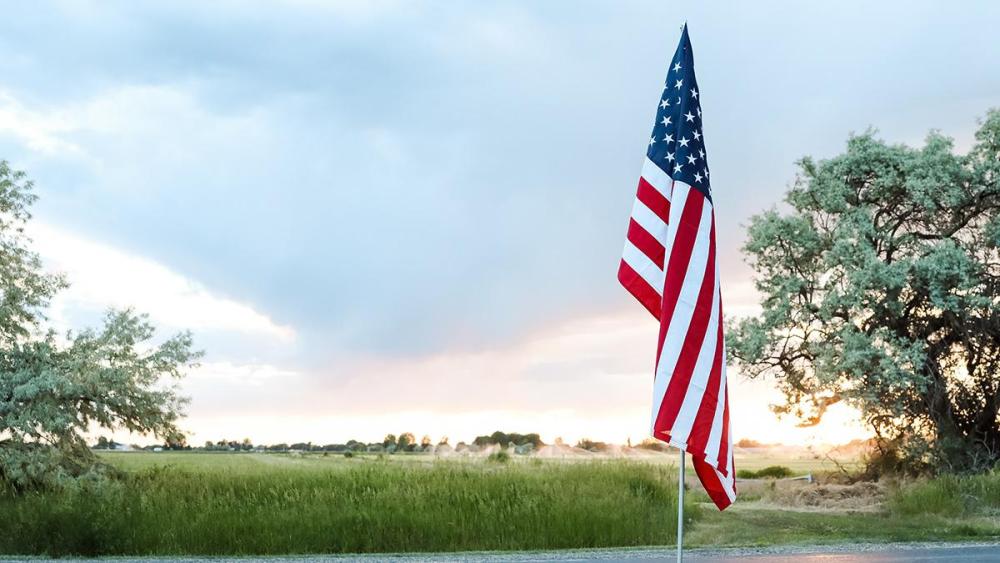
Our state has 530 incorporated places, with 89% of these communities having fewer than 3,000 people. Nebraska is not alone in this situation, with our neighboring states of Kansas, Oklahoma, North Dakota, South Dakota, and Iowa in the same boat. We are part of the Great Plains and are linked by our early settlement history of the Great Plains.
Seventy-two percent, or almost 3/4 of Nebraska communities, have a population between 100-800. We are talking about very small towns and villages! When things happen in these communities, it is volunteers that typically lead the charge on community improvements. There is a “can do” attitude in our thriving communities that makes a difference. People are involved because they must be — no one is there to do it for them.
But the wide-open spaces are both a blessing and a curse. As Nebraskans, we love our majestic vistas and room to breathe, but these come with a cost. We also have several counties in our state with very low populations. In fact, 12 of our 93 counties, as of 2020, are under 1,000 in population. Sometimes these counties are called “frontier” counties and many of them are in the far western regions of our state or in the north central Sandhills area. We even have two of those 12 counties with a population under 500. It can’t be easy to provide key services, like roads, healthcare, and K-12 education, when counties get that small, but Nebraskans seem to find creative ways of managing. When community improvements happen in these frontier counties, it is again because volunteers step up and do it. They also see creative ways of getting the job done. For example, some communities are working together to consolidate services or to create regional assets. What might have been unthinkable a few years ago is now an option.
One of the downsides of having areas with a low population is that it can be very hard to maintain that population. Seventy-three percent of Nebraska counties lost population between 2010-2020. There is no denying that our state’s rural population is shifting, and that it has been happening for many years. So, what will it look like in the future? Will the decrease in rural population continue?
The Center for Public Affairs Research at the University of Nebraska Omaha recently developed county population projections to 2050, as requested by the Nebraska Legislature. As projections, they are based on assumptions that may or may not happen. But these projections do give policymakers across the state some good indication of possible future trends. Check out the site to see projections for your county at: https://digitalcommons.unomaha.edu/cparpublications/258.